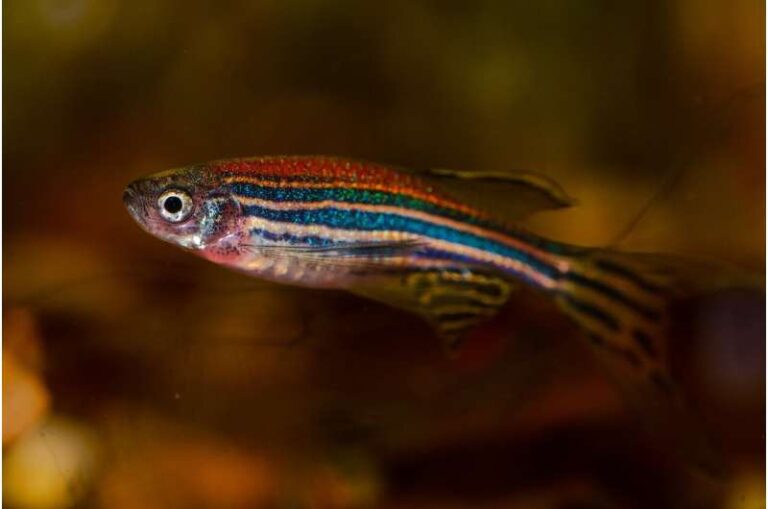Credit: Pixabay/CC0 Public Domain
Fish exposed to some pesticides at extremely low concentrations for a brief period of time can demonstrate lasting behavioral changes, with the impact extending to offspring that were never exposed firsthand, a recent study found.
The findings raise concerns not just for fish, but for all vertebrates that are exposed to commonly used pesticides—including humans, said study co-author Susanne Brander, an associate professor and ecotoxicologist in Oregon State University’s Hatfield Marine Science Center.
“This exposure is happening not just to these fish, but to all aquatic organisms in areas that are receiving runoff from areas populated by humans,” Brander said. “It’s safe to say that we’re seeing influences at the population level if fish that were exposed for a few days as embryos and larvae are then producing offspring that are developmentally deformed, or males that are not able to produce as much sperm.”
Climate change is also expanding the geographic range of many insect species, leading to increased and more widespread pesticide use in both agricultural and residential settings, and increasing the potential for more organisms to be exposed to harmful chemicals.
The study, published in the journal Environmental Science and Technology, used inland silversides as a model fish species common in North American estuaries and marine waterways, with a specific focus on the San Francisco Bay and Sacramento-Joaquin Delta.
OSU researchers chose three commonly-used pyrethroid pesticides (bifenthrin, cyfluthrin and cyhalothrin) due to their high neurotoxicity and consistent presence in Bay-Delta waters. These pesticides are also widely used and detected nationwide.
For the experiment, researchers exposed silverside embryos to the different pesticides for 96 hours, at a concentration of 1 nanogram of pesticide per liter of water. That’s approximately a teaspoon of pesticide in an Olympic-sized swimming pool, Brander said.
After 96 hours, the fish larvae were placed in clean water and reared until they were five weeks post-hatch. They were then kept in larger tanks until they reached reproductive maturity at about eight months old. At that time, researchers spawned the adult fish and collected their offspring to be reared in clean water. Behavioral responses were measured in larval parents as well as the larval offspring.
Researchers found the fish that were originally exposed to pesticides demonstrated […]
Full article: phys.org

